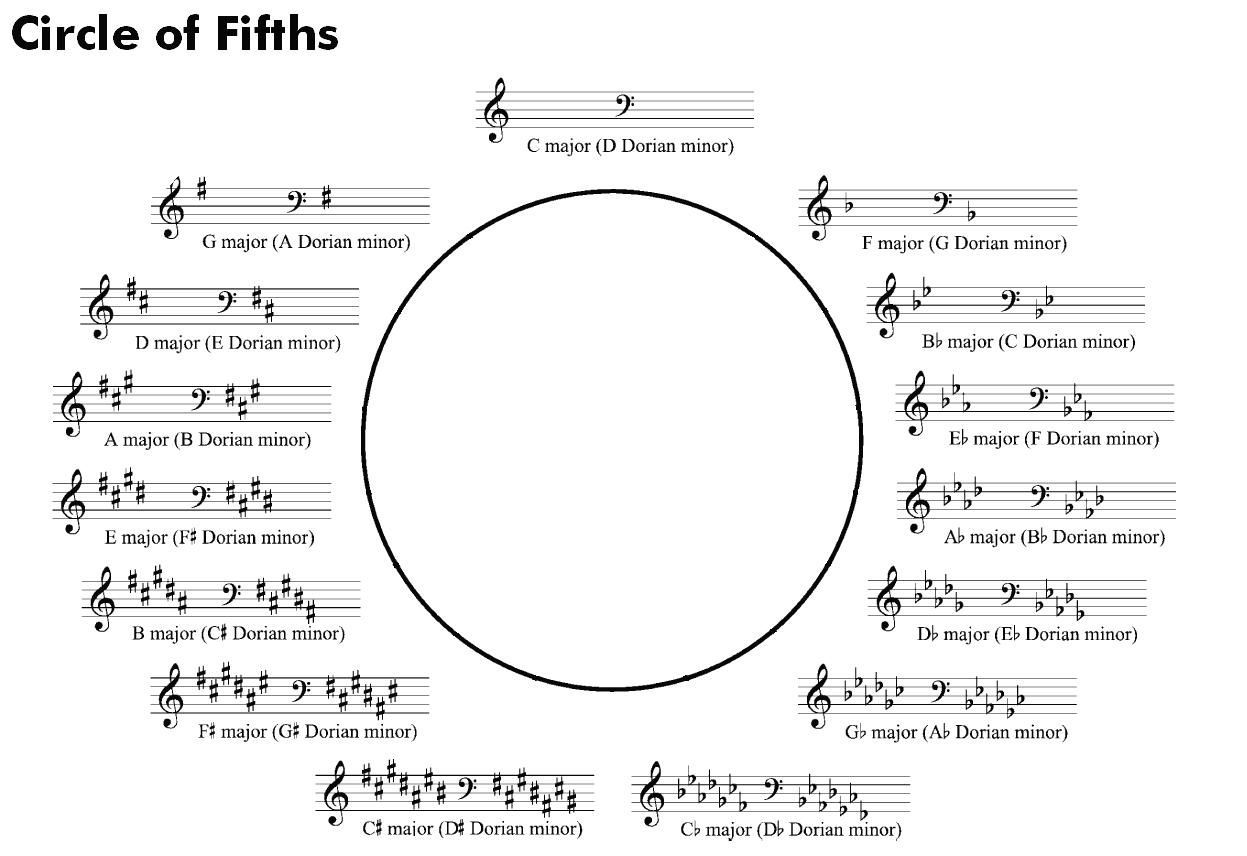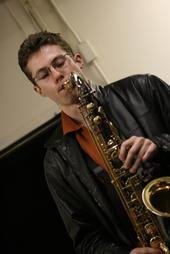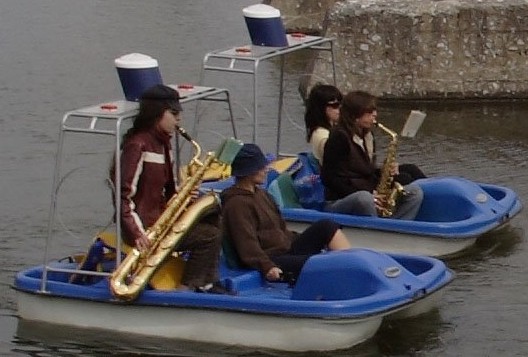What is the circle of fourths and why is it useful?
The movement in fourths that comes to my mind is that of the five chord to the one chord. If you’re in the key of ‘C’ then the fifth would be G and the one chord would be ‘C’. To go from a dominant five chord to a one chord has resolution. G7 to C major in this example.
Another example is in the blues from the one chord to the four chord. Similar sort of movement.
So the movement in fourths happens quite often in a lot of different types of music. Learning the ‘circle of fourths’ and practicing in patterns that use the progression will be similar in some ways to playing those patterns in actual songs. It therefore can be a useful tool for practicing.
If you progress in fourths you could start with C, go to F, then to Bb, then to Eb, etc. Each successive key has one more flat than the previous key.
You can also go in the reverse direction.
Starting with any note if you ascend by fifths you will reach all twelve keys. Descending by fifths is the same as ascending by fourths. If you begin with C major there are no sharps or flats. F Major has one flat. G Major has one sharp.
Enharmonic equivalents, such as G# sounding the same as A flat, have the same pitch, but are written differently. They show relationships and one may be easier to read or think about than another.





